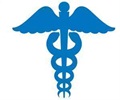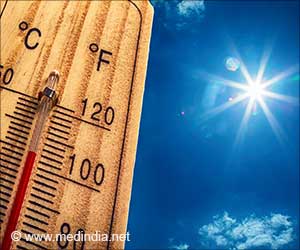General info About Heat Stroke
Heat stroke is defined as increase in body temperature or hyperthermia that exceeds 40.6°C or 105.1°F with lack of sweating and associated with mental confusion.
Heat stroke is associated with high morbidity and mortality if not treated promptly. Heat stroke itself is not dangerous but failure to recognize the early signs and symptoms increases the fatality.

Heat stroke usually results from doing heavy work in hot environments along with inadequate fluid intake. If exposure to sun is the cause, then it is termed as sun stroke.
Infants, children, obese adults and elderly people are more prone to heatstroke than young and healthy adults.
Types of heatstroke-
- Exertional heatstroke (EHS) - It generally occurs in young individuals who engage in strenuous physical activity for a prolonged period of time in a hot environment.
- Nonexertional heatstroke (NEHS) - It more commonly affects sedentary elderly individuals, chronically ill patients and very young people. Classic NEHS occurs during environmental heat waves.
Rising pollution levels has resulted in a drastic change in the climatic conditions across the world. The summers have become harsher, thereby leading to heat strokes more commonly.
Heat stroke victims must receive immediate treatment to avoid permanent organ damage. Cooling the victim is the most important thing. Prognosis is good in the face of prompt therapy.












